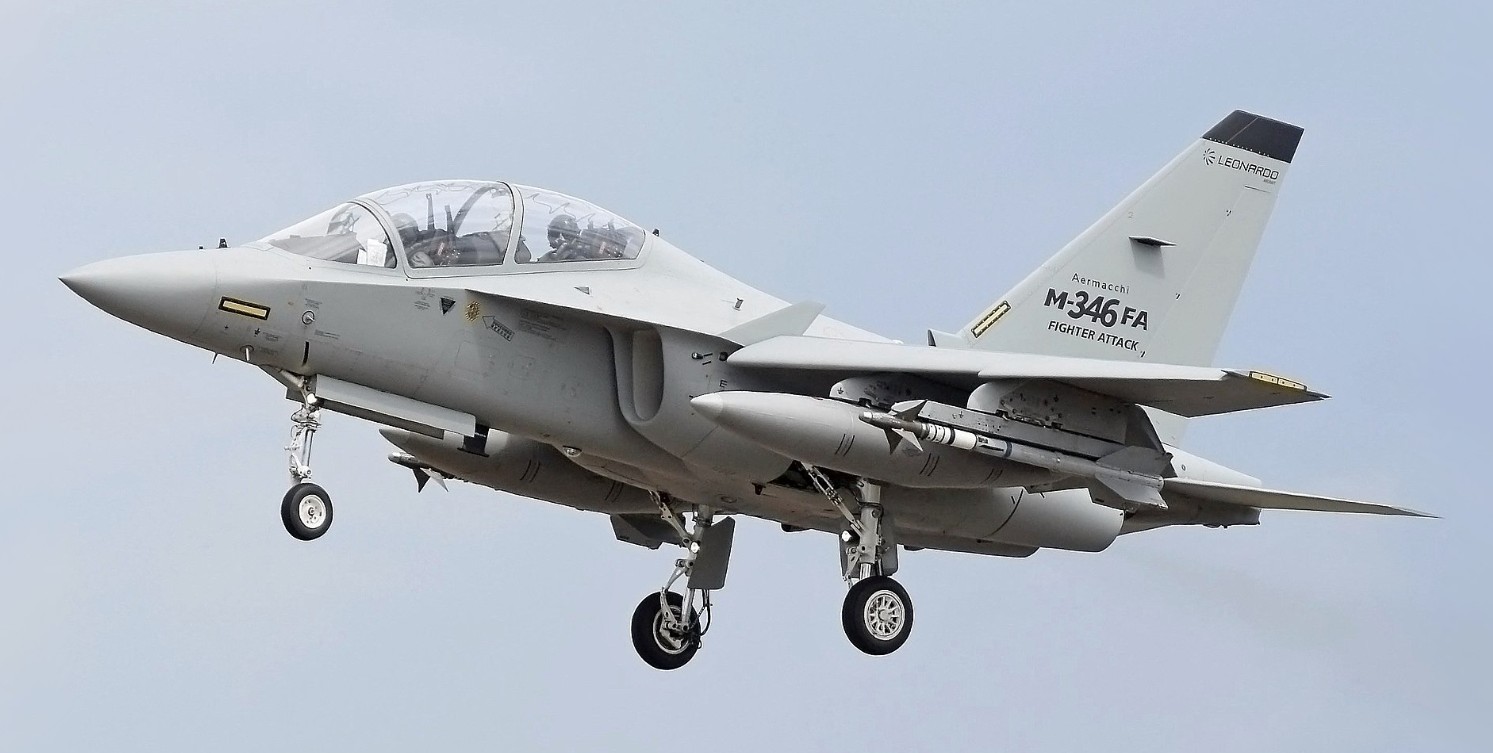The Rise of Unmanned Combat Aerial Vehicles
In recent years, the evolution of Unmanned Combat Aerial Vehicles (UCAVs) has marked a pivotal shift in the realm of modern warfare. These advanced systems are transforming aerial combat by providing capabilities that complement and enhance existing manned platforms. Among these innovations, the Thanatos stealthy UCAV emerges as a game-changer, particularly for fourth-generation fighter jets.
Enhancing Standoff Capabilities
As nations seek to bolster their aerial capabilities, the integration of UCAVs like Thanatos promises significant strategic advantages. The term “standoff” in military aviation refers to the ability of an aircraft to engage targets while remaining outside the reach of enemy defenses. Thanatos enhances this capability by acting as a formidable force multiplier, allowing fourth-generation fighters to strike with precision and at a safe distance.
Stealth Features of Thanatos
Thanatos is designed with state-of-the-art stealth technology, minimizing its radar cross-section and enhancing its survivability in hostile environments. The angular design and use of radar-absorbent materials reduce its visibility to enemy radar systems. This stealth feature enables Thanatos to penetrate contested airspace undetected, a critical feature for operations in areas with robust air defenses.
Technical Specifications of Thanatos
| Specification | Detail |
|---|---|
| Length | 23 ft |
| Wingspan | 50 ft |
| Maximum Speed | Mach 0.85 |
| Operational Range | 1,200 miles |
| Payload Capacity | 2,000 lbs |
| Engine Type | Turbojet |
Integration with Fourth-Generation Fighters
Thanatos is designed to seamlessly integrate with existing fourth-generation fighters like the F-16 and the F/A-18. This compatibility is crucial as it allows these fighters to leverage Thanatos’s capabilities without requiring extensive modifications. By using a secure data link, pilots can control Thanatos from their cockpits, making it an extension of their own aircraft’s capabilities.
The UCAV can carry out a range of missions including reconnaissance, electronic warfare, and air-to-ground strikes. Its ability to act as a forward sensor allows manned aircraft to gain intelligence on enemy positions without exposing themselves to risk.
Operational Benefits
The incorporation of Thanatos into a combat fleet allows for flexible mission planning and execution. With its long operational range and significant payload capacity, it can undertake extended missions without the need for mid-air refueling. Missions that were once deemed too risky for manned aircraft can now be conducted with reduced risk of pilot casualties.
Moreover, the use of UCAVs reduces the overall operational costs by minimizing the wear and tear on manned aircraft and reducing the number of sorties required to accomplish mission objectives. This increase in efficiency is complemented by a decrease in the logistical and financial burden of combat operations.
Challenges and Future Prospects
Despite its advantages, the deployment of Thanatos UCAVs does not come without challenges. Integration with existing manned aircraft requires robust communication systems to ensure seamless information exchange. Additionally, there are concerns regarding the ethical implications of autonomous targeting and decision-making capabilities, although Thanatos is designed to operate primarily under human supervision.
Looking ahead, the role of UCAVs is expected to expand further as technology advances. Future iterations of the Thanatos system may include enhanced artificial intelligence for greater autonomy, as well as increased payload capacities and range. This progression indicates a continuing shift towards a balanced mix of manned and unmanned airpower, optimizing tactical versatility on the battlefield.
In summary, the Thanatos stealthy UCAV stands poised to redefine aerial combat for fourth-generation fighters. By providing greater standoff capabilities, enhancing stealth operations, and integrating seamlessly with current technologies, Thanatos offers a strategic advantage that cannot be overstated. As military forces worldwide invest in these technologies, the coming years will likely see a landscape where unmanned systems play a key role in shaping the dynamics of air warfare.









